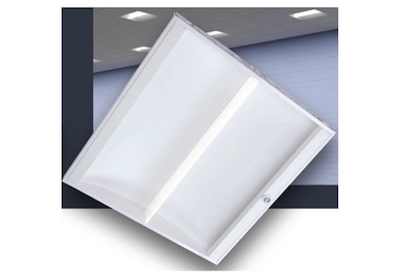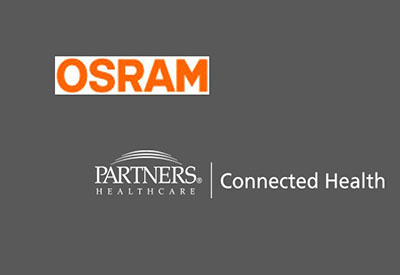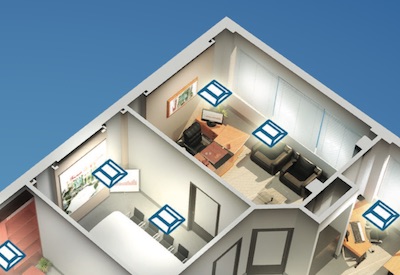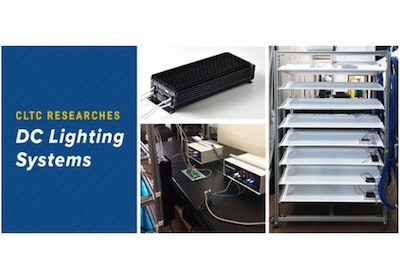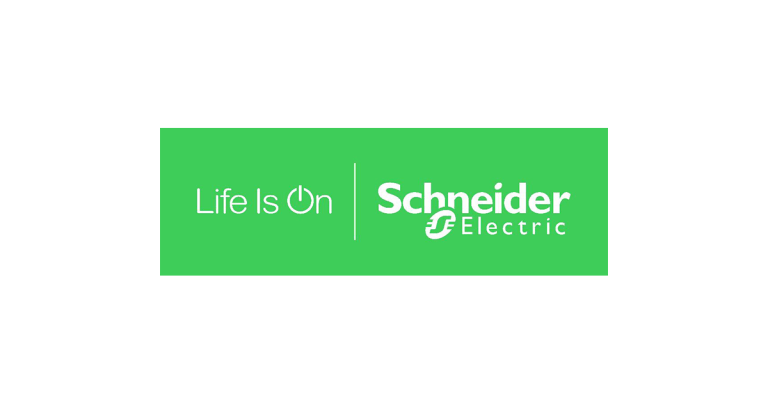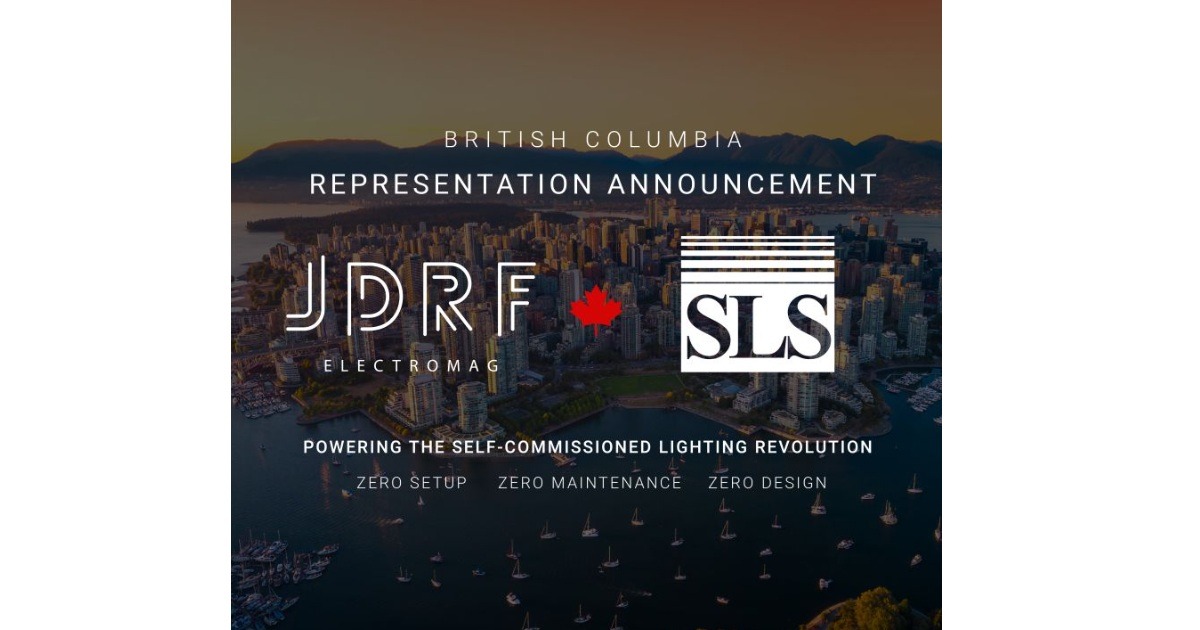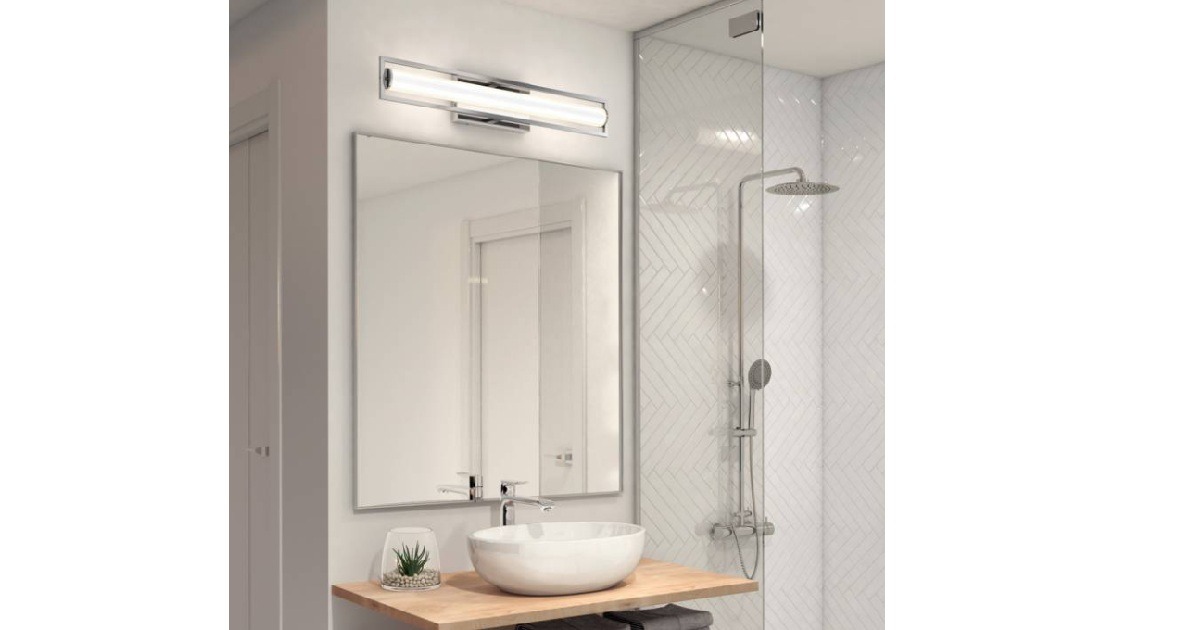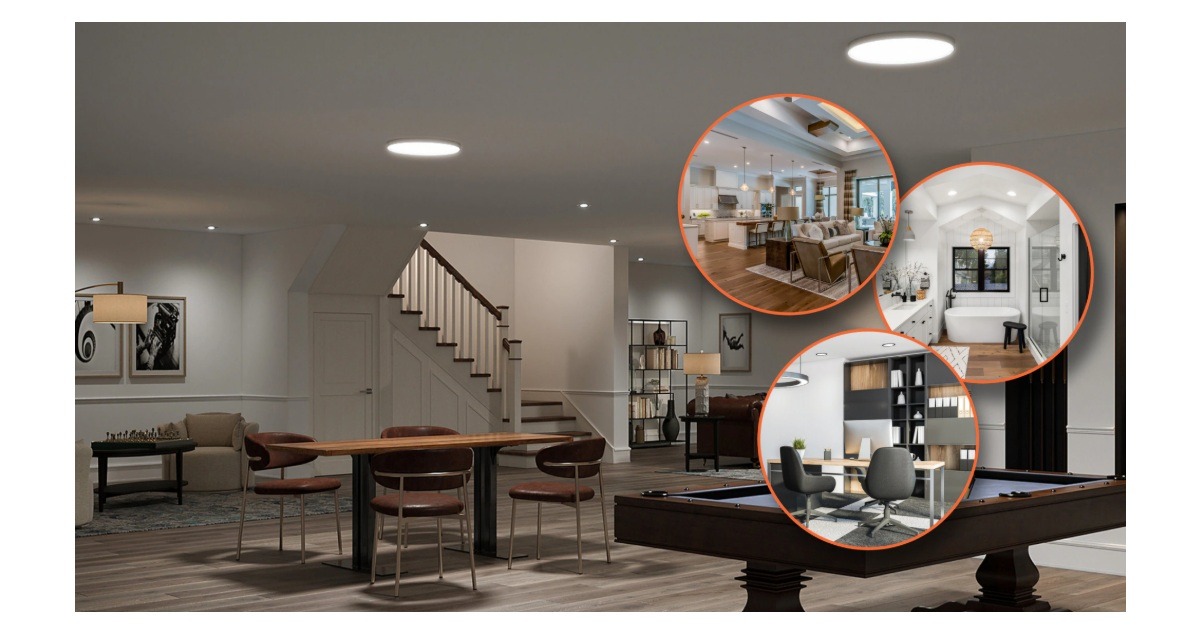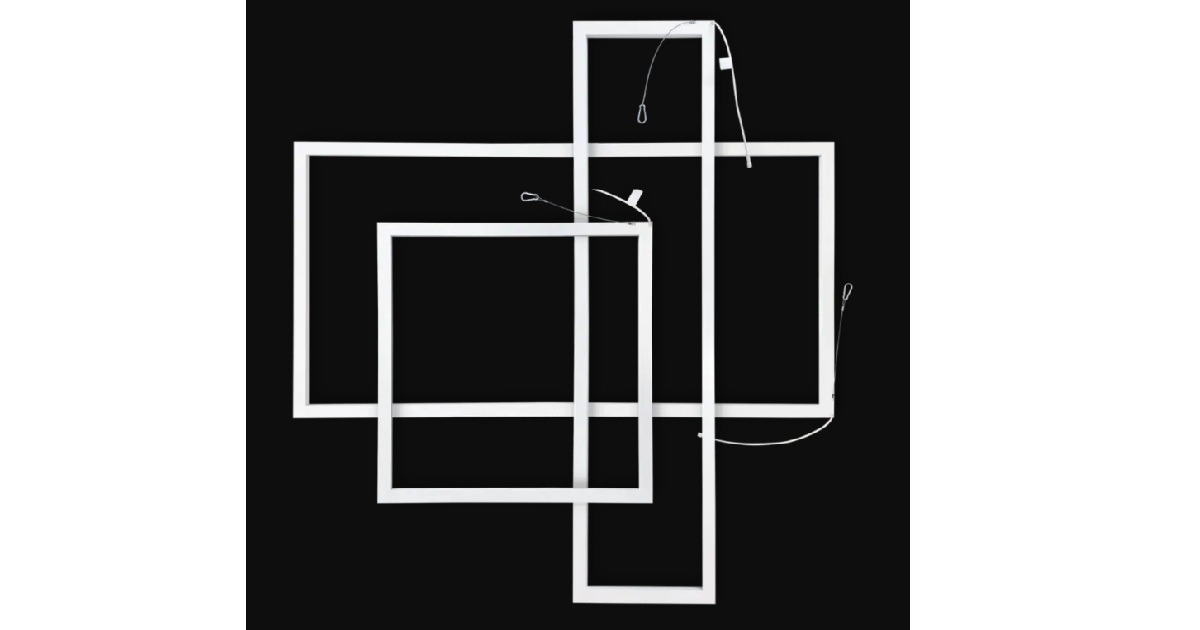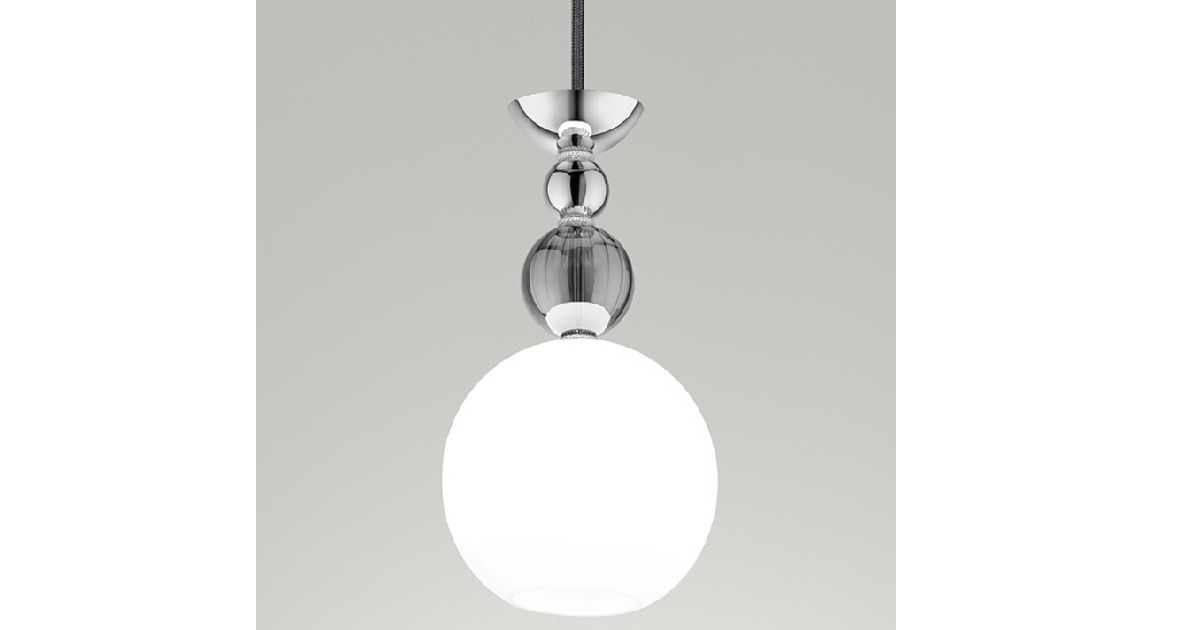IEEE Task Force Works on Standard for Light Communications
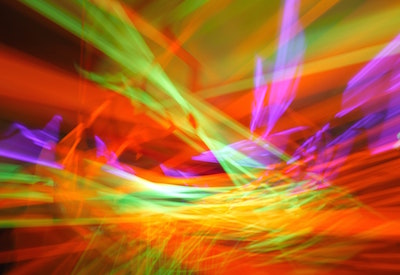
September 24, 2018
Soon enough, experts say, we’ll be getting secure, high-speed Internet access from our LED bulbs: in desk lamps, ceiling fixtures, streetlights, and vehicle taillights. The light-communications systems, relying on nanometer waves in the infrared and visible-light portions of the electromagnetic spectrum, are expected to transmit data generated by a microchip fitted into each LED bulb. The system has been coined light fidelity, or Li-Fi, by its inventor, IEEE Fellow Harald Haas.
Accessing the Internet from such a system will be more secure than traditional Wi-Fi, the experts predict. That’s because light waves can be contained in a defined area: close the doors, pull down the window shades, shut the drapes, and you lock in your data.
Li-Fi is not strictly line-of-sight technology, though. Light can bounce off walls and surfaces. Within the contained environment, wherever there is light there will be data.
Wi-Fi signals, on the other hand, are hard to confine to set areas, leading to security problems, particularly at military bases and in hospitals and other places where radio frequencies can interfere with equipment.
And Wi-Fi’s capacity is limited by the available unlicensed spectrum. Li-Fi technology needs no licensing, as it uses the unregulated light spectrum.
With user demand for data growing at an exponential rate and LEDs expected to replace more than half of today’s compact fluorescent lamps by 2020, according to the U.S. Environmental Protection Agency, there’s a lot of interest in developing light-communications products. The Li-Fi market is forecast to be worth US$75.5 billion by 2023, according to Global Market Insights.
But a few issues must be resolved. One is interoperability. Like other communications systems, light communications would use the common seven-layer open systems information model for communication. The physical layer conveys the bitstream across the network to various devices and mediums. The data-link layer sets up links across the physical network, putting packets into network frames. That layer has two sub-layers: logical link control and media access control (MAC).
The MAC layer is spelled out in the IEEE 802.11 wireless specifications. The IEEE 802.11 working group, which is responsible for the technical definitions behind Wi-Fi, includes individuals affiliated with a number of companies. They include Broadcom, Huawei, Intel, and other chipset providers, as well as infrastructure providers, like Cisco, Ericsson, and HPE. Device manufacturers and telecom operators are represented as well. Lucibel, Osram, Ushio, and other lighting companies recently joined the group. During the past year, the IEEE 802.11 task group on light communications has been working with manufacturers, operators, and end users on a LAN light-communications standard. The project is the “IEEE 802.11bb Standard for Information Technology — Telecommunications and Information Exchange Between Systems Local and Metropolitan Area Networks — Specific Requirements, Part 11: Wireless LAN Medium Access Control (MAC) and Physical Layer (PHY) Specifications Amendment: Light Communications.”
“Li-Fi is the future of communications, with the potential to become a real mass-market technology,” says IEEE Member Nikola Serafimovski, the task group’s chair. “But to have mass-market growth, a standard is needed. Similar to what wireless communications development went through, Li-Fi must go through it as well.”
Serafimovski, also a member of the IEEE Standards Association, is the vice president of standardization at pureLiFi, in Edinburgh. Haas, a pureLiFi founder, is the company’s Chief Scientific Officer.
Based on a winner
According to Serafimovski, it makes sense for IEEE to develop the standard based on the popular IEEE 802.11 Wi-Fi standard: standards.ieee.org/findstds/standard/802.11-2016.html. Now more than 25 years old, that versatile standard is being enhanced to include Li-Fi.
“IEEE 802.11 has developed the world’s single most successful wireless communication standard,” Serafimovski says. “According to the Cisco Virtual Network, wireless data sent through Wi-Fi accounted for over 54% of all wireless communications in 2017.
“Li-Fi is another tool in a set that already happens to be pretty good. It will provide that complementary capacity that Wi-Fi and other wireless communications need to create a fully connected digital society.”
There are some differences between what can be done with Li-Fi and what can be done with the lower part of the radio spectrum, he says.
“It is always a matter of using the right technology to solve the right problem,” he says, “and Li-Fi can meaningfully help to deliver ubiquitous indoor coverage for the mass market, bringing data wherever there is light. Indeed, by some accounts Li-Fi may broaden the frequency range by 1,000 times.”
The goal is for the new standard effort to be completed by May 2021. People who want to start developing Li-Fi products, however, could use early versions of the standard, Serafimovski says.
The task group would like more participants to get involved with developing the standard. Visit the Web page to learn how to do so: standards.ieee.org/develop/project/802.11bb.html.
To get up to speed on high-speed light communications, check out this overview by Serafimovski and others: www.ieee802.org/802_tutorials/2017-07/11-17-0962-03-00lc-An-Overview-on-High-Speed-Optical-Wireless-Light.pdf
Kathy Pretz is editor in chief of The Institute. This article was first published by IEEE in The Institute: theinstitute.ieee.org/resources/standards/ieee-task-force-works-on-standard-for-light-communications.
Photo courtesy of Dave Sebele at Unsplash

